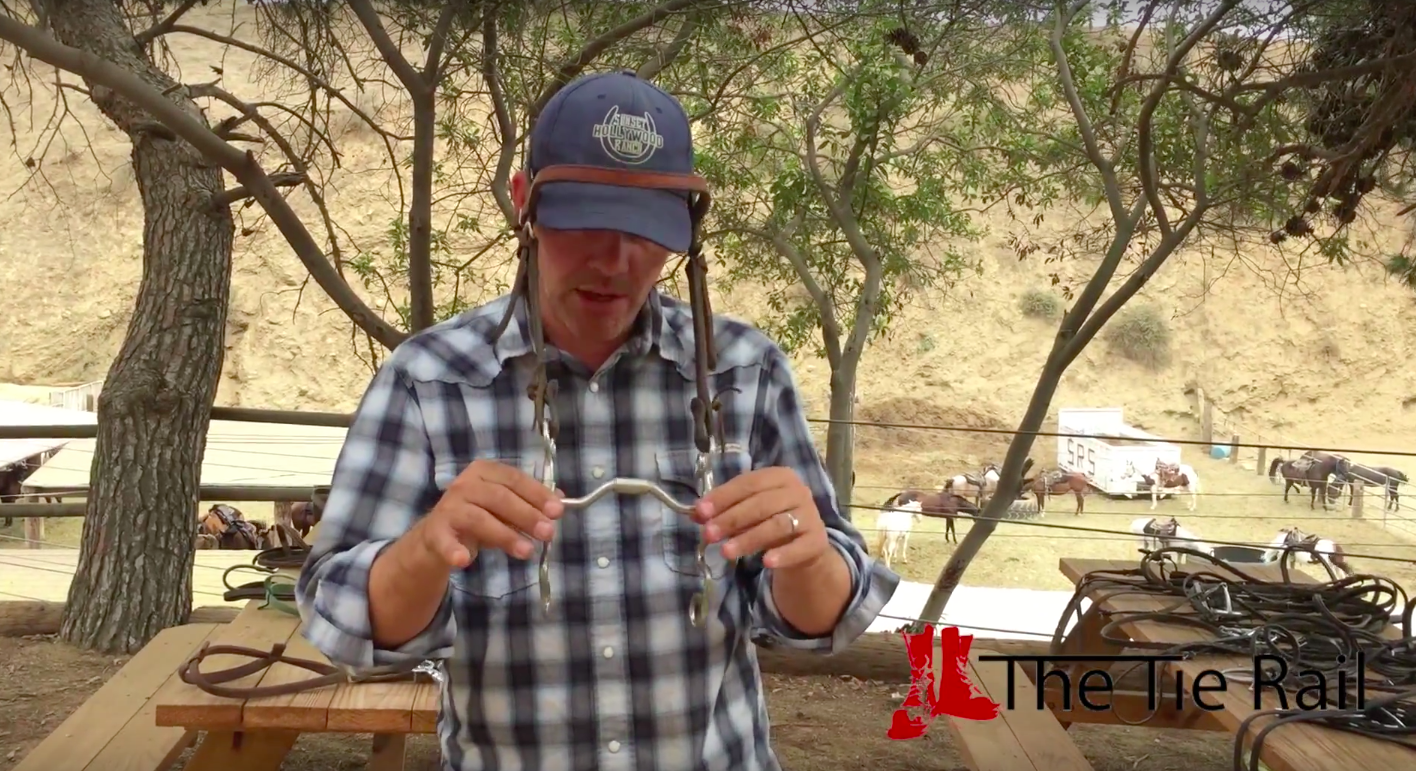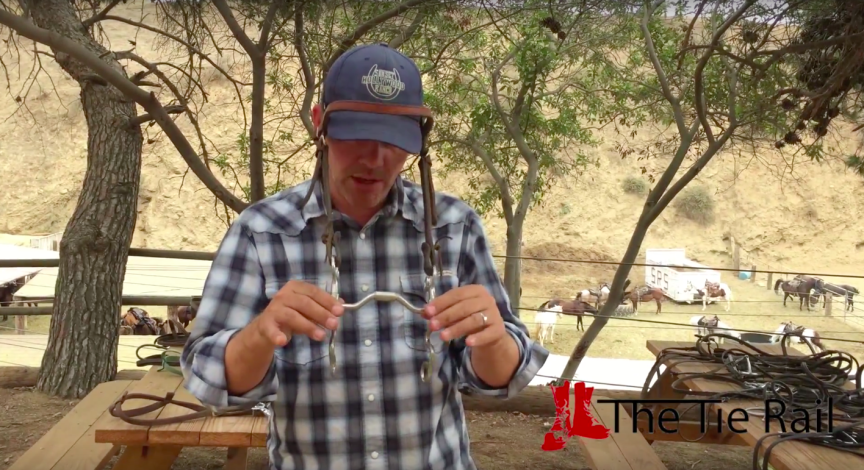
What bit should I use?
This is a really hard question, mostly because there are so many possibilities and never one easy answer.
Let’s break it down:
If it works, it’s usually a good idea. A bit is supposed to help you talk to your horse. If it does its job, what more do you need to know? Well, there are a few things I’ve found to be true about most bits and their relationship with their horses. The first thing is that, usually, less is more. Remember, your goal is to use as little pressure as possible and have the horse respond to it. So you have to show the horse where there’s no pressure so he can seek it. Teach the horse with all pressure aids so he can discover where no pressure is.
Way too often, a bit is causing problems and the rider thinks that adding more pressure will solve the problem. A snaffle becomes a Tom Thumb, a Tom Thumb becomes a twisted bit, and next thing you know you’ve got a bit with a twist, some barbed wire, and 8-inch shanks. But pressure escalation really only works when you always start with very little pressure.
Ideally, the goal is to put a bit and headstall on a horse that the horse likes to have on, one that he’s comfortable in. With that in mind, watch the video below for an explanation of the two main kinds of bits and how they work.
Now, like I say in the video, I’d start with as little pressure as you can, and go up from there. If using a bit, I like something double-jointed and soft on the bars, like this Double-Jointed Eggbutt Snaffle by John Patterson.
Now, if that’s not working… maybe your horse is super heavy on it or walked right through it, you might want to try something that has a little more strength like a leverage bit. Once again, there are all kinds of leverage bits. Keep in mind that the way you’ll use your reins will be different, so if you’re moving into a leverage bit, get as much advice from as many different places as you can to figure out what’ll be right for you and your horse. Some leverage bits have a port, some have longer shanks, some have rollers, some even have tasty stuff on them like copper or apple flavor. Leverage bits can be super strong so you have to be super careful not to go overboard. But for a good quality, not too crazy strong bit that falls comfortably over the tongue, I would recommend the Myler Flat Shank with a copper roller.
If leverage bits and snaffles aren’t your thing, you always have the option of going bitless. Let’s leave this topic for another day though… ’cause it’s a doozie.


